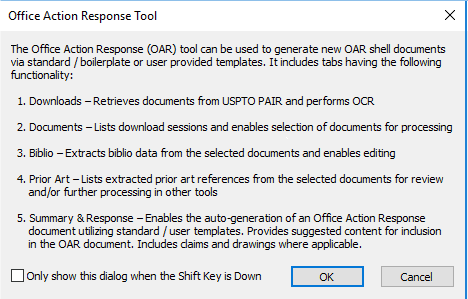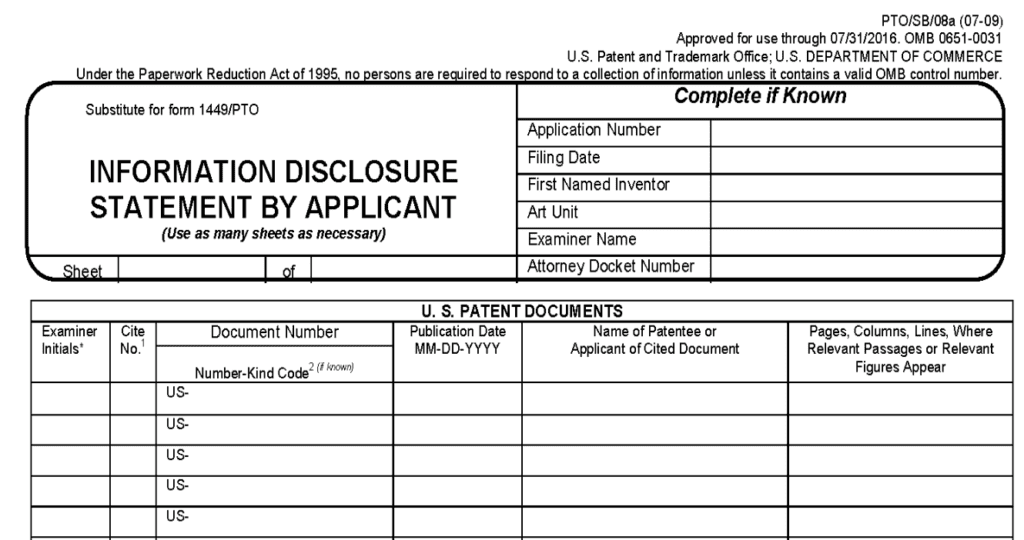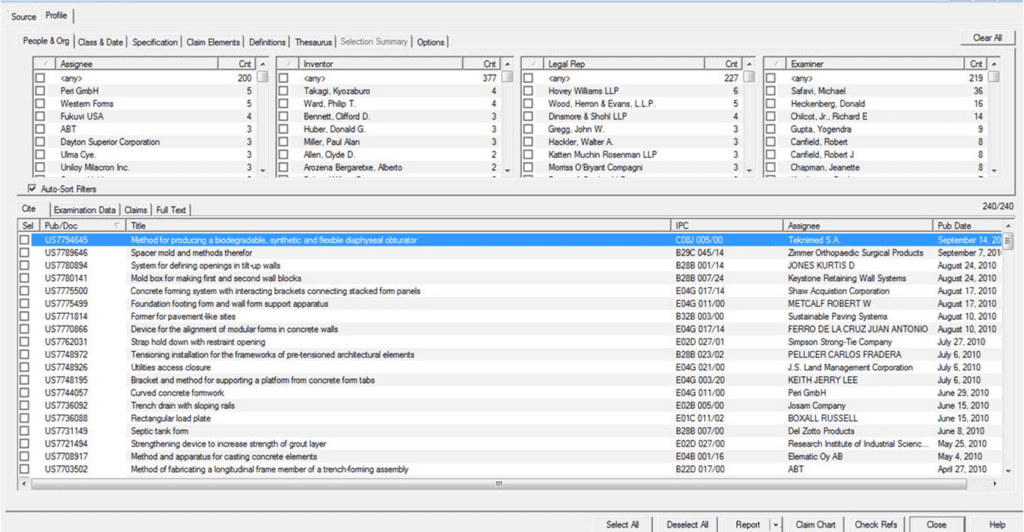Patent Process: 3 Ways to Improve Efficiency

No one likes to waste time – especially throughout a process like patent prosecution where inefficiencies quickly add up to great expense. Common mistakes around consistency or accuracy can also lead to a longer patent process than expected. The beauty of patent drafting tools is that they take tasks off our plates so we can prosecute our patent applications more efficiently.
While searching previous patents is vital to see where your invention stands in the patent landscape, and if your invention is already public, the practice can seem relentless. How do you find everything you need? How do you ensure nothing was missed? Whatever search method you choose, there will always be prior art to find to help direct your application. While every attorney has their favorite method, LexisNexis® Intellectual Property created a platform to assist every strategy: LexisNexis TotalPatent One® patent search platform.
An examiner review on the patent can give either the long-hoped-for approval, or the dreaded office action that sends you, what feels like, back to the drawing board. The approval is so close, by simply working out mistakes and continuing to work with your examiner, you can have your patent granted, and then you can maintain it for life. But, you have to work out the mistakes first. Common mistakes around consistency or accuracy can lead to a longer patent process than expected. LexisNexis IP can help you avoid these mistakes in the application drafting process, or fix them in the office action response phase.
Avoid nerves and avoid making the patent process longer than it needs to be with simple mistakes or monotonous search. Have full confidence in every patent application with the most accurate, efficient process. Here are three time-wasting scenarios where patent automation can really pay off.
1. Drafting Patent Applications
A well-drafted patent application is often the result of many iterations, quality checks, and synchronizations. Patent sections need to integrate with and correctly reference one another, and patent language and terminology should be both accurate and consistently used. Why? Because failure to do so could result in a Section 112 rejection, which requires patent specifications to be written in “full, clear, concise, and exact terms,” and that patent claims “[point] out and distinctly [claim]” a patent’s subject matter.
When reviewing a patent draft for Section 112 issues, patent practitioners act with careful focus and sustained effort. Automating patent draft reviews, however, can shorten the drafting phase so that practitioners can focus their attention on other tasks, and clients can save a bit on billable hours. The LexisNexis PatentOptimizer® patent drafting tool can identify both claim errors and Section 112 errors. PatentOptimizer® also helps to detect patent profanity, inaccurate or inconsistent part names and numbers, inconsistent measurement conversions, and even reviews the overall patent quality so that you don’t waste time on simple mistakes.
One important factor often forgotten is creating a system for utilizing the patent’s full potential. When drafting the patent, you’ll want to ensure your claims are strong enough that they can be defended in litigation if needed. Many believe that having a patent will automatically bring income or impress investors, but a strategic plan for the patent is what brings these results, and it starts with properly drafting.

2. Preparing USPTO forms for the patent process
Patent applicants have a duty to disclose prior art (anything that could cut against an invention’s patentability), and, with that duty, enters the Information Disclosure Statement (IDS). An IDS is a form that the USPTO requires patent applicants to submit, which must be populated with document numbers, assignee names, and other information specific to each applicable prior art reference. Naturally, going through each prior art reference that needs to be disclosed and manually copying information onto an IDS form is time-consuming (and, as it turns out, also unnecessary). PatentOptimizer users need only to create a simple list of reference numbers in either Word, Excel, or PDF format. PatentOptimizer will import reference information from the LexisNexis® Intellectual Property patent reference database and can automatically populate a USPTO IDS form for you.

3. Drafting responses to office actions
Having an air-tight patent application that is free of Section 112 issues does not mean that patent prosecution will be a walk in the park. Applications are always susceptible to rejections based on Sections 101 (subject matter), 102 (novelty), and 103 (non-obviousness). The good news is that with all of the patent applications that have been filed with the USPTO, there is likely an application that was filed before yours that successfully overcame a similar rejection. Rather than spending time devising an office action response from scratch, why not draw upon analogous office action responses that proved successful in the past?
The PatentOptimizer Office Action Response tool minimizes time spent on responses and reduces human error. The Office Action Response tool retrieves related documents directly from the USPTO Patent Center and Private PAIR sites, and generates a comprehensive office action response shell so users can easily analyze similarly issued office actions and view potential response approaches.
Time is a terrible thing to waste. LexisNexis Intellectual Property patent drafting tools tackle monotonous, time-consuming tasks so patent professionals can put their efforts into prosecuting patents more efficiently.

Download the case study to learn how one law firm is saving time and developing well-tailored, concise, high-quality patent applications by using PatentOptimizer.
Find more information on PatentOptimizer and an objective application review here and learn the effects of efficient patent drafting.

Write high-quality patents with precision
Automate the review process and eliminate the need for manual draft reviews. Quickly and effectively check all parts of a patent application draft—from patent claims to patent drawings and everything in between.
